I am looking at these snippets from CLRS:
Description of the hash table search time:

Definition of as /:

Explanation of θ ( removing constant factors and only keeping the order of growth ):

I do not understand this usage of the theta notation. We define the load factor as /, being the number of elements stored in the hash table and being the number of cases in the hash table. So if we write θ(1+) this is exactly like if he write θ(1+/).
And θ(1+/) is by definition the set of functions such there exist positive constants 1, 2 and 0 such that:
0 ≤ 1(1+/) ≤ () ≤ 2(1+/) for any ≥ 0
Which seems to be included in θ(), the set of functions such there exist positive constants 1, 2 and 0 such that:
0 ≤ 1 ≤ () ≤ 2 for any ≥ 0
Moreover, there are two possibilities, either is a constant, either it is not. If is a constant, θ(1+) is like writing θ() if I am not wrong. If is not a constant it means it depends on , so θ(1+) is like writing θ() again ( because constants don't matter when you have a function and try to use the θ notation as the 3rd quote says ).
So in any possible case we could/should have written θ() instead of θ(1+), couldn't we?
I don't understand why there is a 1+ before the